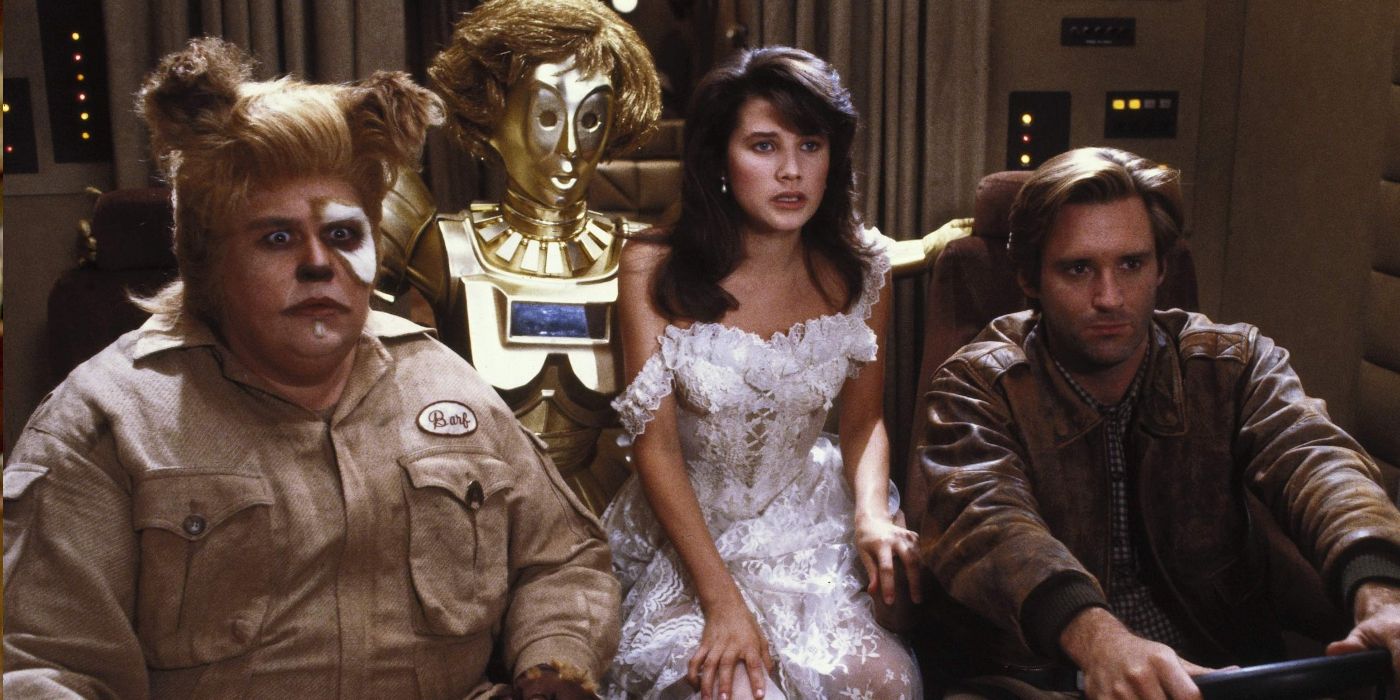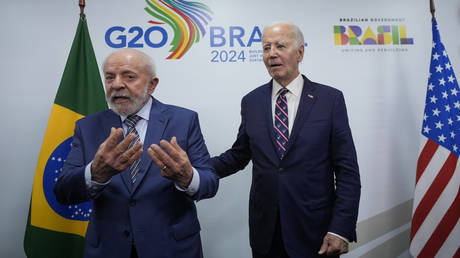How CEOs can lead in the age of AI agents

We may be the last generation of CEOs to lead fully human workforces. That isn’t a futuristic prediction; it’s a reality already taking shape inside businesses today. AI agents, once imagined as distant possibilities, are stepping confidently into our organizations. These systems are capable of autonomously handling tasks across departments, making decisions, and learning over time.
“By 2028, 33% of enterprise software applications will include agentic AI, up from less than 1% in 2024, enabling 15% of day-to-day work decisions to be made autonomously,” according to Gartner. And given the current pace of adoption, even that may prove to be a conservative estimate.
This shift isn’t just technological—it’s operational and cultural
It’s not about replacing humans; it’s about augmenting them. We’re entering a new operating model, one where human users and AI agents work together in tandem to drive outcomes with speed, intelligence, and scale. In this model, AI agents become active participants in the workforce, not passive tools.
Already, forward-thinking organizations are hiring digital talent. They are assigning agents to workflows, integrating them into teams, and relying on them to create value alongside their human counterparts.
The implications for leadership are profound. AI agents are not simply software add-ons; they are redefining how we design our business processes and collaborate on our daily work. They’re collaborators in the broadest sense, and like any collaborator, they benefit from thoughtful integration and clear frameworks.
Rethinking leadership in this new environment
From what we’ve observed, organizations may benefit from shifting how they think about their workforce. Digital talent, like human talent, performs best when it has structure, support, and clear purpose. Some companies are already considering how to onboard digital agents, define their roles, measure their performance, and create environments where human and artificial intelligence complement one another.
One notable strength of digital talent is its scalability. Once aligned, AI agents can be rapidly deployed across geographies and business functions. They operate continuously, adjust to real-time data, and remain consistent in execution. When deployed intentionally, this can open new doors to agility and resilience.
Another shift we’ve seen is in how human capacity is being reallocated. As repetitive, manual tasks are passed to AI agents, employees are freed to focus on higher-value work: strategy, creativity, complex problem-solving. This unlocks not just efficiency—but also engagement. In a world where innovation is a differentiator, enabling people to do what only people can do becomes a strategic advantage.
Designing teams for collaboration
As we reimagine our workforces, it’s helpful to revisit how organizations can structure teams—not just by department or title, but also by responsibility and collaboration model. Some leadership teams are now exploring how to define where human insight leads and where AI provides leverage. Questions about decision-making rights, accountability, and success metrics are being reframed to reflect the blended nature of today’s teams.
Naturally, with new capabilities come new responsibilities. Ethics, transparency, and governance cannot be treated as afterthoughts, but rather embedded from the beginning. Many organizations are exploring how to train digital agents responsibly, define behavioral expectations, and ensure these systems reflect their values.
Setting the tone here, through clear policies and thoughtful design, can help build the kind of trust we aim to foster in any team.
A common mistake
There is, however, one common mistake I see many organizations making. They are applying AI agents to outdated processes, hoping to speed them up. But efficiency is not the same as transformation. If you automate a broken process, you only get broken results—faster.
The real opportunity is not in acceleration. It’s in reinvention. This moment calls for a process-first mindset. It’s advisable to step back and ask ourselves the fundamental question: If we were designing this workflow today, knowing we had AI agents on our team from day one, how would we build it?
That kind of thinking leads to a very different kind of organization.
Sales, customer service, and operations
In sales, AI agents can now qualify leads in real time, orchestrate outreach based on behavioral signals, and surface personalized insights for sales reps at the exact right moment. This creates a rhythm where reps focus less on handoffs and more on outcomes.
In customer service, we’re seeing companies move beyond bots and into intelligent agent networks that proactively resolve issues, understand sentiment, and escalate complex problems with full context. The experience is faster, more empathetic, and more efficient.
In operations, AI agents are making proactive decisions by managing supply chain variables, predicting demand shifts, and optimizing resources in ways that used to require layers of manual coordination. These aren’t hypothetical scenarios. They’re real, and they’re redefining how companies deliver value.
This is where the most exciting breakthroughs will happen. Not because we used AI to do what we already do faster, but because we gave ourselves permission to reimagine how the work could be done better.
It starts with a mindset
As CEOs, we are not just responsible for growth. We are responsible for building organizations that are intelligent by design. That means being intentional about how we integrate digital talent. It means leading the shift from legacy processes to modern, fluid systems that reflect how people and machines work best together. It also means embracing the cultural shift.
The best outcomes will come from teams that are curious, experimental, and empowered. Leaders should encourage their teams to question assumptions, rethink workflows, and explore new possibilities. The organizations that do this well will be the ones that stay ahead.
The blended workforce is already here. AI agents are changing how work gets done. They are reshaping roles, challenging hierarchies, and inviting us to reconsider what leadership looks like. This transformation doesn’t start with technology; it starts with mindset. It starts with a CEO who understands that the future of the workforce is collaborative, intelligent, and profoundly human in its ambition.
The future won’t be fully human, but it will be more human-centered. It will be defined by those willing to lead with purpose, with courage, and with a commitment to building something better for both people and machines.
What's Your Reaction?
 Like
0
Like
0
 Dislike
0
Dislike
0
 Love
0
Love
0
 Funny
0
Funny
0
 Angry
0
Angry
0
 Sad
0
Sad
0
 Wow
0
Wow
0


























































































